What is Biological Control?
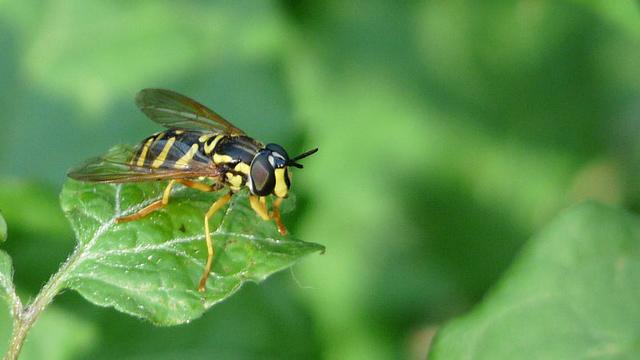
Biological control is the beneficial action of predators, parasites, and pathogens in managing pests and their damage. Any organism that feeds on another organism is its natural enemy.
Biological control is a pest management strategy that enhances the role of natural enemies, reduces reliance on pesticides, and helps to protect the environment, people, pets, and wildlife.
> Predators
> Parasites
> Pathogens
> How to invite natural enemies into your garden
> How to protect them
Who are these natural enemies?
Predators, parasites, and pathogens (disease producing organisms) are the primary groups used in the biological control of insects and mites. Biological control also includes many species of amphibians, birds, mammals, and reptiles. Insects that are natural enemies of pests are also referred to as beneficial insects or beneficials. Pests and Their Common Natural Enemies identifies common garden pests and their natural enemies.
Predators
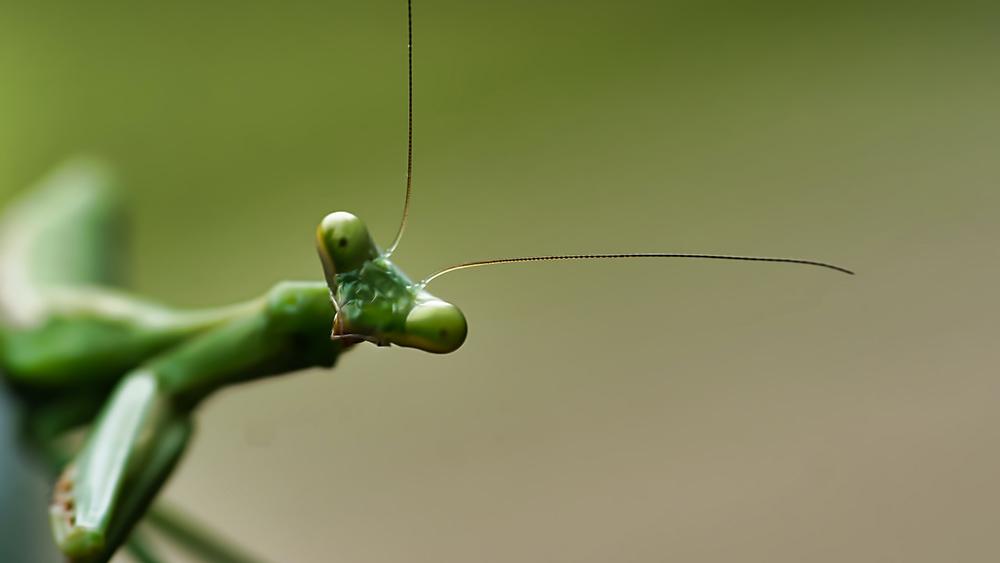
• Consume many prey during their development.
• Generally larger than their prey.
• All life stages may be predators; some are only predators at one stage in their life.
• Specialists feed on only one or a few species of prey
• Generalists feed on a wide variety of insect pests and even, at times, each other.
• Types that eat only others of their type are carnivores.
• Types that eat only plants are herbivores.
• Types that feed on both prey and plants including pollen and nectar, are omnivores.
Common predators of insects and mites include birds, lizards, lady beetles, green lacewings, ground beetles, soldier beetles and syrphid flies.
> Overview of beneficial predators
> List of beneficial predators: Print out this list of predators that you may find in your garden, and match them to the photos.
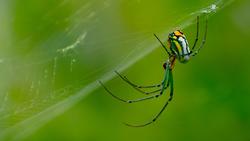
Watch this to learn more about common garden spiders.
Parasites
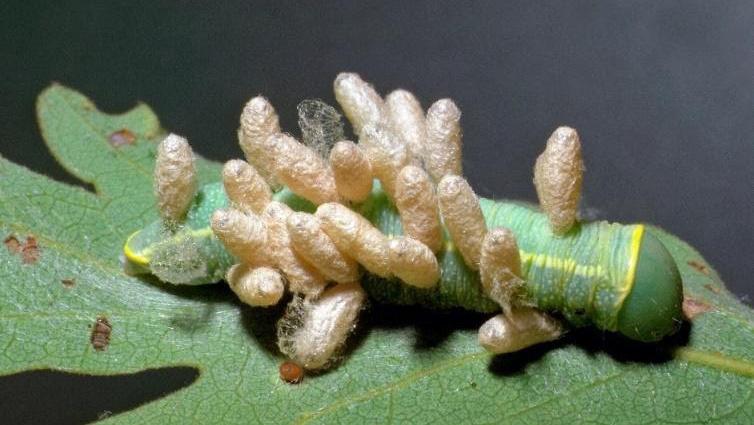
• Organisms that live and feed in or on a host.
• Can develop on the inside or outside of the host’s body.
• Often only the immature stage of the parasite feeds on the host.
• Smaller than the host.
Species useful in biological control that kill their hosts are called “parasitoids.” True parasites (e.g., fleas and ticks) do not typically kill their hosts.
Learn more about parasites of insect pests. Some of the parasites that inhabit gardens (though may not be visible to the gardener), are armored scale parasites, caterpillar parasites, tachinid flies, and whitefly parasites.
Pathogens
• Diseases caused by fungi, bacteria, and viruses that kill the host.
• Some are naturally occurring, and some have been commercially developed.
• May reduce the rate of feeding and growth of insect pests, slow or prevent their reproduction, or kill them.
Biocontrol of plant diseases are done by natural inhabitants of the soil and the environment and are not pathogenic to birds, mammals (including humans), and fish.
How to invite natural enemies into your garden

Provide plant diversity - it encourages a range of types of beneficials.
Use sequentially flowering species to provide nectar, pollen, and shelter throughout the growing season.
Create plantings of varied heights in sun and shade to provide food and habitat for different insect species and life stages.
Include plants with many small flowers; they are preferable to plants with large single flowers.
Maintain groundcovers and coarse mulches for nonflying predators to hide from their enemies.
Tolerate low populations of plant-feeding insects and mites so that food is available to the predators.
Reduce dust; it can interfere with natural enemies.
Go light on fertilizer; lush new plant growth encourages sucking pests like aphids to reproduce more rapidly than natural enemies can control.
Plants that attract natural enemies include California natives, asters, alyssum, small sunflowers, yarrow, cosmos, stonecrops, lobelia, basil, thyme, lavender, parsley, dill, borage, and many other herbs. Learn more about attracting beneficial insects to the garden.
Don't have them? Buy some...
Some insect predators and parasitoids can be purchased. Common examples include:
• lady beetle adults
• praying mantid egg cases
• green lacewing eggs
• parasitoid wasp pupae
...but make sure they stick around
In general, releasing large numbers of purchased beneficial insects has not proven to be an effective method of pest control in the home garden, especially in the case of adult lady beetles. These insects tend to move around and often end up migrating out of the garden. This is less of a problem with lacewings and some wasps (Trichogramma), which are released as eggs, or with mites.
How to protect them
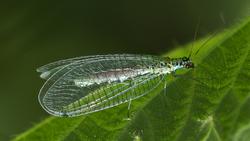
• Garden maintenance practices (e.g., use of powered tools)
• Their own natural enemies (e.g., ants)
• Adverse environmental conditions (e.g., dust)
Provide food and shelter. Provide supplementary nectar or pollen sources, alternate hosts, or shelter.
Avoid pesticides; if absolutely necessary, confirm before use that the product to be used is not harmful to beneficial insects.
For more detailed information check out:
> Natural Enemies Quick List
> Bee precaution pesticide ratings
